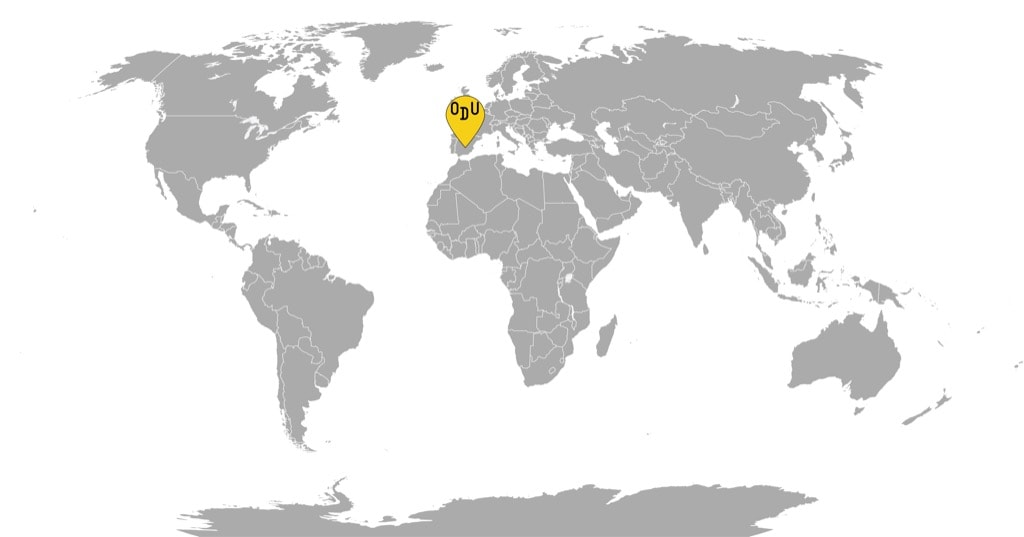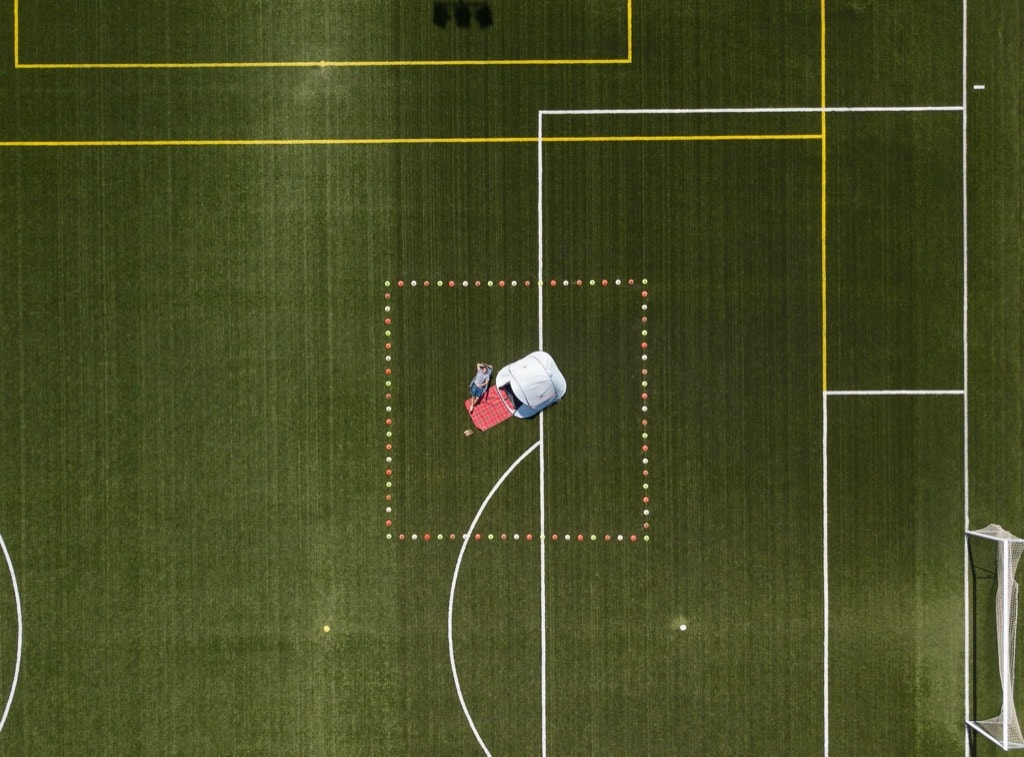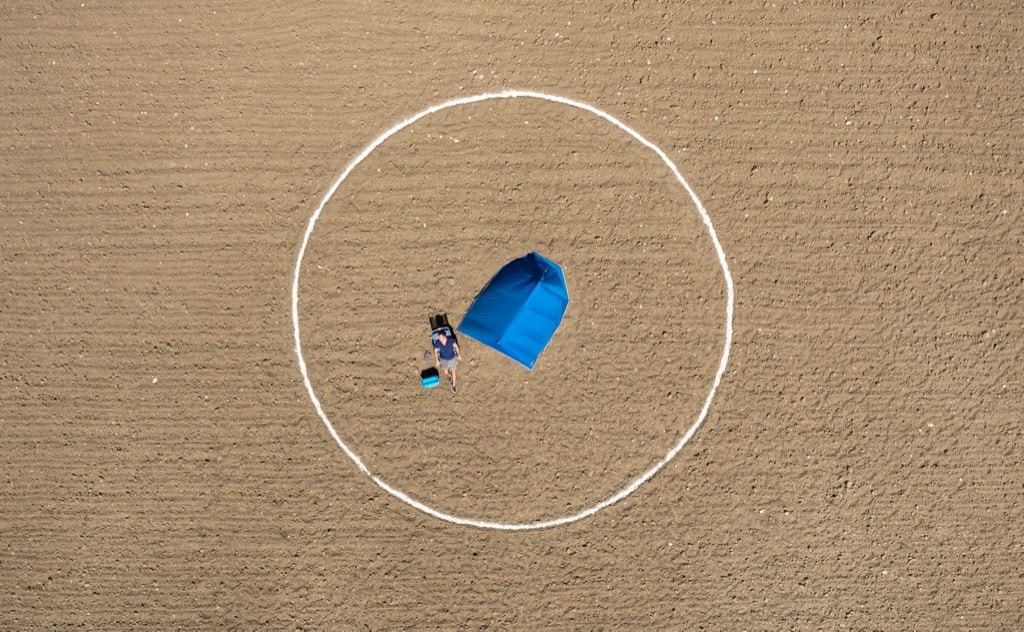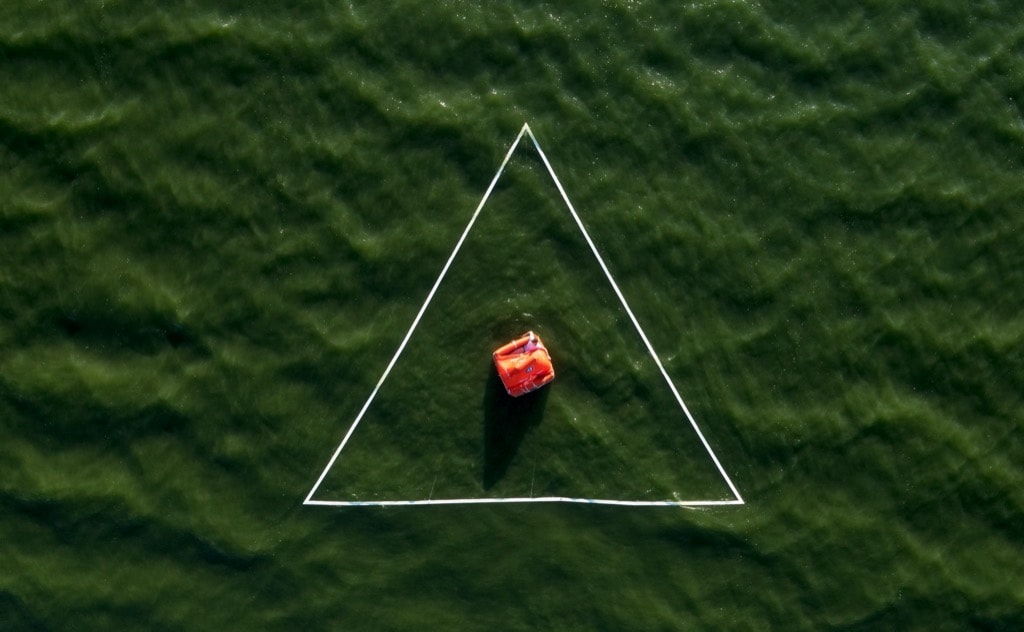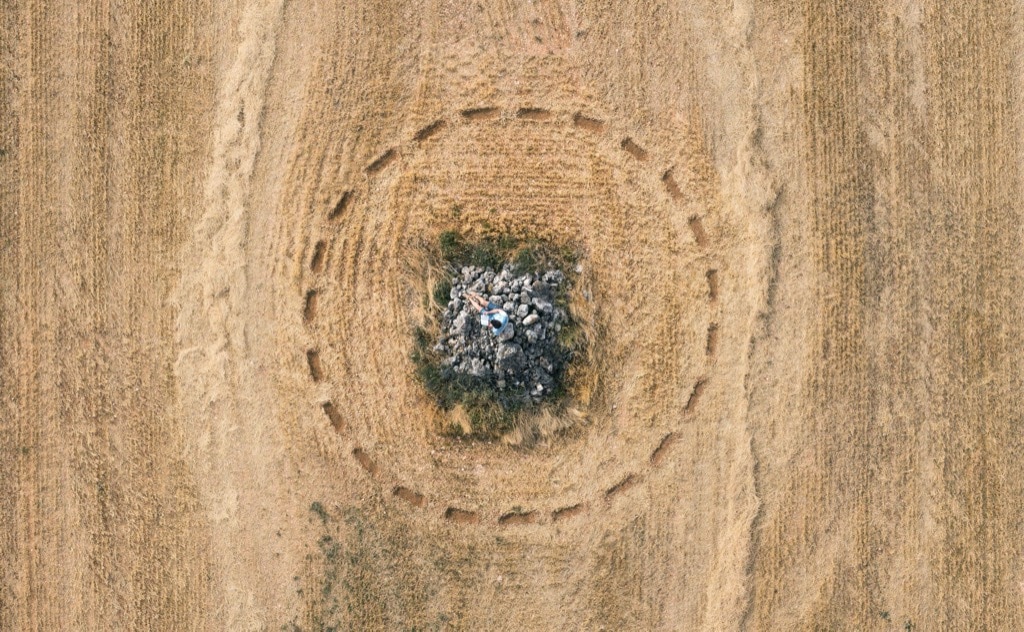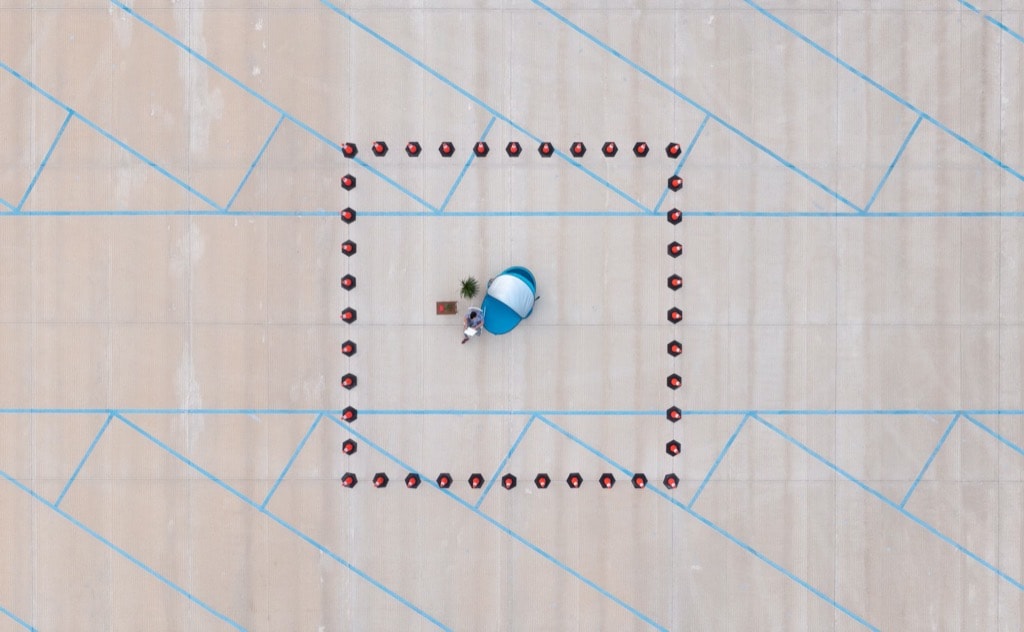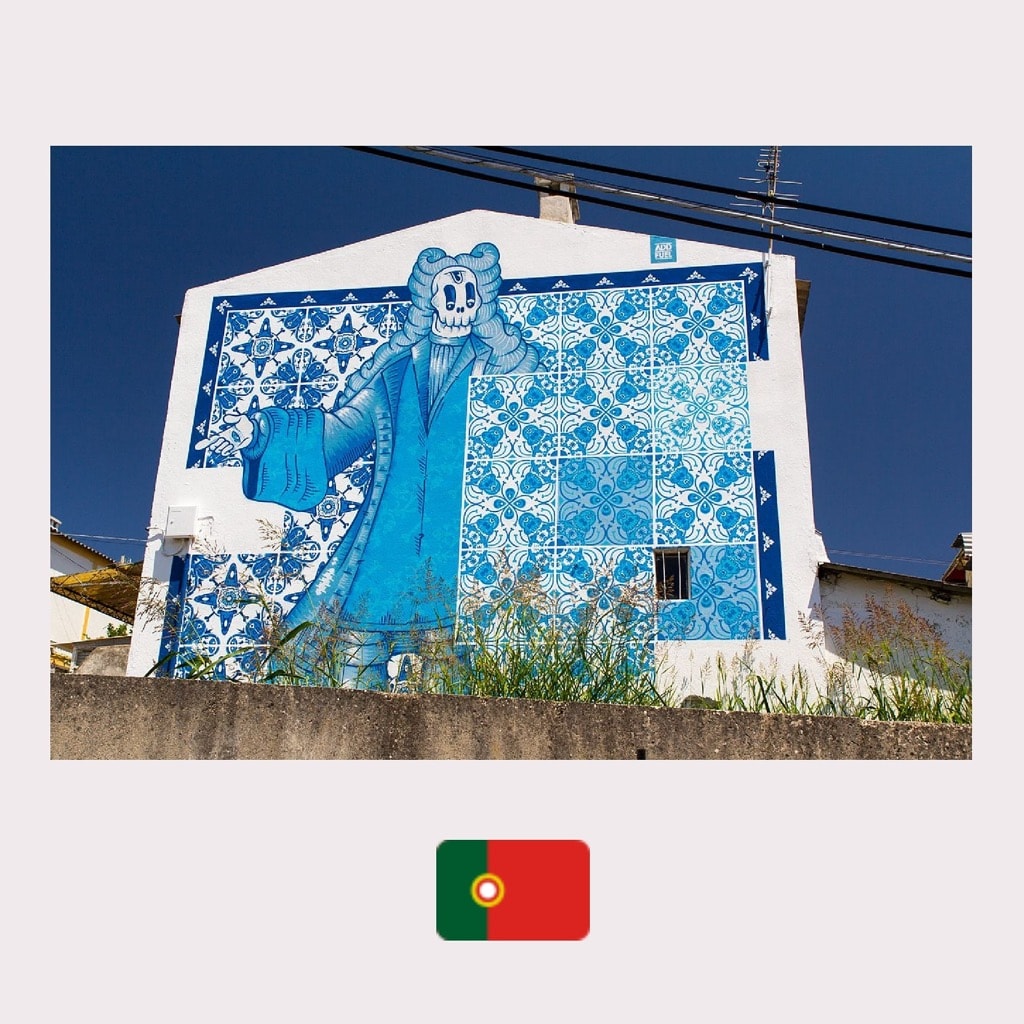An artist and a film director join forces to imitate the notion of creating sovereign states in a project that shows just how absurd private and national claims on the Earth’s territories are


WHY DO WE CARE: When working on a project as dedicated to representing the world through territories, nationalities, and identities as Supamodu, it’s hard to not come across the vast differences between what people’s lives and identities are, and what maps, charters, and organizations show. This is why we always try to represent unrecognized countries, show solidarity with displaced nations and reclaim the narrative from the imperial forces. But it’s not always straightforward and becomes even more fraught when a political awareness of the discontents of globalization comes into play. How to maintain a cultural dialogue with the planet while also keeping the neoliberal demons at bay? Cue artists, as perhaps only a force of imagination, can solve the split between the greedy, patriarchal relationship with the Earth and the need to call it our home. We’ve lately seen many films and art projects concerned with the issue of borders, but few got so close to the core of the problem as de Martin’s art project. And even though they are both short in their time span, Borlán’s films on the subject add a necessary dimension of reality to de Martin’s thesis and very tangibly ground their connection to the Earth and the universe.
WHY YOU NEED TO PAY ATTENTION: Do you ever feel like it’s hard to reconcile being a proud citizen of a particular country while also supporting immigration? The ideas behind Ruben Martín de Lucas’s projects are probably those that come up in every thinking person concerned with state structures and foreign policy every once in a while. Still, it’s rare to see these ideas represented in the physical realm. “Perhaps nations are not objective realities but mental constructions present in the collective imaginary,” he says when setting out to establish yet another minimal republic that will cease to exist in just a day. Borlán’s two films are brilliant, wise reflections on the absurdity of something that humanity has been fighting over, dying for and obsessing with for the last few thousand years. Brave and laborious in their execution, these two shorts are so fascinating, you might misconstrue them for mockumentaries. However, they are exercises in proving the art project’s substantial validity in that to make them Borlán had to struggle with a lot of bureaucracy and overcome numerous boundaries. Endearingly straightforward but also meta, they are perfect amalgamations of geopolitical discontent that sum up the world’s political climate.
For more content like this sign up for our weekly newsletter
FROM SPAIN and the BORDERLESS EARTH
WHAT’S GOING ON: Two films and an art project explore the issue of boundaries, borders and walls, and the way these non-tangible separations materialize to attach the nonsensical idea of ownership of the Earth’s land to some groups of people, while simultaneously restricting access to others. “Minimal Republics” is an art project in which the artist Ruben Martin de Lucas seeks to found his own tiny states, each with 100 sq.m. of space, separated by a physical border, and inhabited by only one person: the artist. Situated in mountain ranges, beaches, football fields, parking lots, or even the middle of the ocean, these republics only exist for 24 hours and are then proclaimed obsolete to show the insignificance of any given defined territory in the overall timeline of our planet and universe. In a companion short film by Fernando Martín Borlán, “Stupid Borders,” the idea is explored through ownership of plots on the moon and other planets. While in “Iceberg Nations,” also filmed by Borlán, it’s taken further and deeper: flags proclaiming new republics are mounted on icebergs, and the depletion of meaning is observed as they melt.
WHO MADE IT: Fernando Martín Borlán is a filmmaker who currently resides in Madrid. He eschews the constraints of the industry, and contemporary art is just as significant a presence in his work, as cinematography and directorial work are. In fact, he defines his purpose in filmmaking as bringing people closer to art, and this fluidity is faithfully reflected in his work. For this project, he joined forces with Spanish artist Ruben Martin de Lucas. Educated as a civil engineer, de Lucas is a painter and multi-disciplinary artists, as well as co-founder of the collective Boa Mistura, which creates public space art on four continents. The collaboration between Borlan and de Lucas is not over, and hopefully, this project will be further populated with new geysers of imagination.

